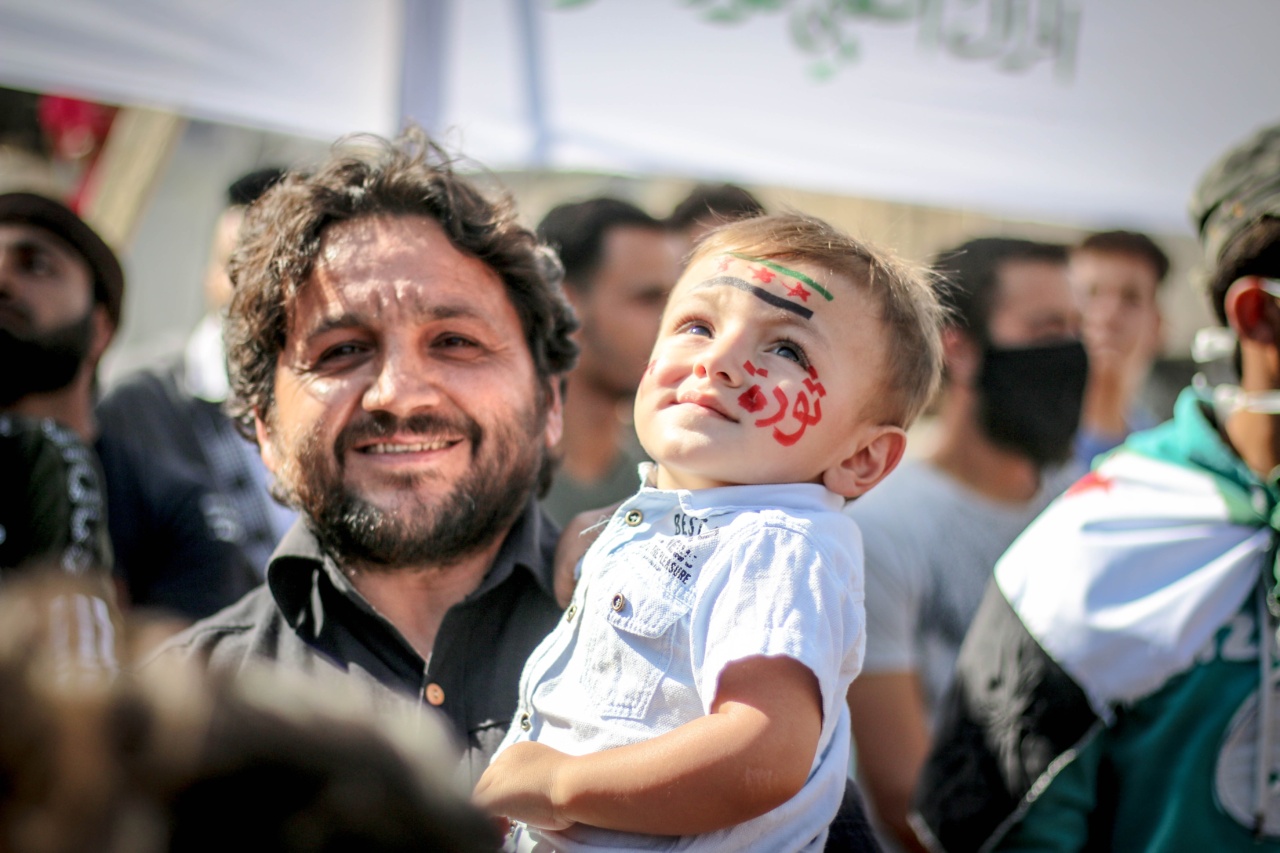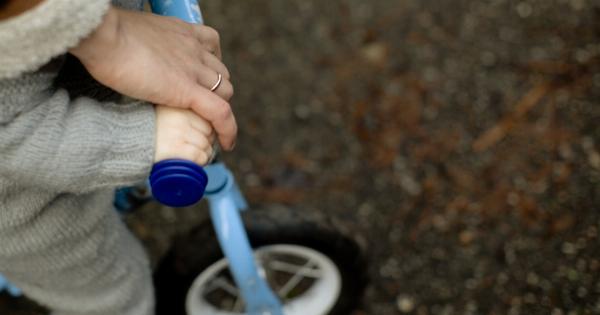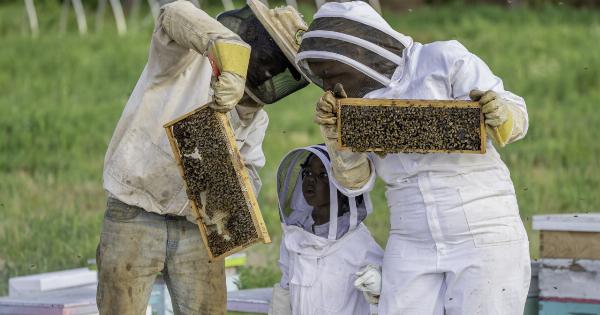The National Action Plan for Child Rights (NAPCR) is a comprehensive framework that aims to protect and promote the rights and welfare of children in a country.
Implemented by the government, this plan outlines specific guidelines and strategies to address the various issues and challenges faced by children in society. The successful implementation of the NAPCR requires the collaboration and coordination of multiple stakeholders, including government agencies, civil society organizations, and communities.
Understanding the Importance of the NAPCR
The NAPCR serves as a roadmap towards achieving the rights of children as enshrined in the United Nations Convention on the Rights of the Child (UNCRC).
It provides a systematic approach to organize and prioritize actions and interventions that are necessary for the holistic development and protection of children.
Key Objectives of the NAPCR
The NAPCR focuses on four key objectives:.
1. Ensuring Survival and Development
This objective aims to reduce child mortality rates, improve access to quality health and nutrition services, and enhance early childhood development programs.
It emphasizes the importance of providing a nurturing and supportive environment for children in their formative years.
2. Enhancing Child Protection
This objective aims to protect children from abuse, exploitation, violence, and neglect. It includes measures to prevent child trafficking, child labor, child marriage, and other harmful practices.
It also emphasizes the need for effective child protection systems and mechanisms at the national and local levels.
3. Ensuring Access to Quality Education
This objective focuses on providing universal access to quality education, eliminating barriers to education, and promoting inclusive and equitable learning opportunities for all children.
It includes efforts to improve infrastructure, increase enrollment rates, and enhance the quality of education.
4. Enhancing Participation and Citizenship
This objective aims to ensure children’s participation in decision-making processes that affect their lives.
It emphasizes the importance of empowering children as active citizens and promoting their rights to freedom of expression, participation, and association.
Essential Guidelines for Implementing the NAPCR
1. Political Commitment: The government must demonstrate strong political will and commitment to prioritize and implement the NAPCR.
This includes allocating sufficient resources, establishing robust coordination mechanisms, and engaging in regular monitoring and evaluation of progress.
2. Stakeholder Engagement: All relevant stakeholders, including government agencies, NGOs, community-based organizations, and children themselves, should be actively involved in the planning, implementation, monitoring, and evaluation of the NAPCR.
Their contributions and perspectives are necessary to ensure inclusive and sustainable results.
3. Policy and Legal Reforms: The NAPCR should be supported by comprehensive and child-friendly policies and legal frameworks. It is essential to review and amend existing laws and regulations to align them with international standards and best practices.
4. Capacity Building: Adequate capacity building initiatives should be undertaken to enhance the knowledge and skills of professionals and service providers working with children.
This includes training programs, workshops, and seminars on child rights, child protection, and other relevant areas.
5. Data Collection and Analysis: A robust system for data collection, analysis, and dissemination should be established to facilitate evidence-based decision making.
This includes regular surveys, research studies, and child-focused indicators to monitor progress and identify gaps.
6. Awareness and Advocacy: Public awareness campaigns and advocacy efforts should be implemented to promote the rights and well-being of children.
This includes disseminating information, organizing events, and engaging with media to raise awareness about child rights issues.
7. Multi-Sectoral Collaboration: Collaboration and coordination between different sectors, such as health, education, social protection, and justice, are crucial for the effective implementation of the NAPCR.
Joint efforts and partnerships can lead to comprehensive and integrated solutions.
8. Monitoring and Evaluation: Regular monitoring and evaluation mechanisms should be established to track the progress of the NAPCR and identify areas for improvement.
This includes setting clear indicators, conducting impact assessments, and involving independent evaluators.
9. Resource Mobilization: Adequate financial resources should be mobilized to support the implementation of the NAPCR. This includes budget allocations, donor funding, public-private partnerships, and innovative financing mechanisms.
10. Review and Revision: The NAPCR should be periodically reviewed and revised to adapt to changing contexts and emerging challenges.
Lessons learned from implementation should inform the revision process, ensuring that the plan remains relevant and effective.
Conclusion
The successful implementation of the National Action Plan for Child Rights requires a comprehensive and multi-faceted approach. It demands the commitment and collective efforts of governments, civil society organizations, communities, and individuals.
By adhering to the essential guidelines outlined above, countries can significantly improve the lives of children, protect their rights, and promote their holistic development.






























